
views
Cleaning Your Jeans in a Machine
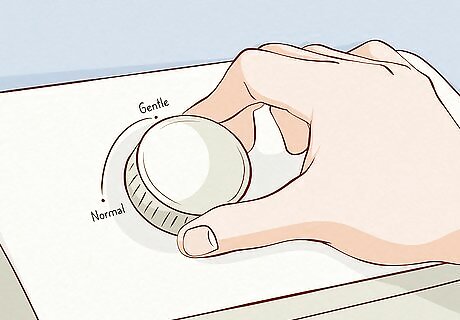
Set your washing machine to the gentle or delicate cycle. To keep your jeans looking the same way they did when you purchased them, wash the jeans on the gentle cycle. This reduces the wear and tear on your jeans, allowing the colors and design to stay intact. Use an environmentally friendly, mild detergent (such as Woolite) when you wash your jeans. Never use bleach or use detergents with bleach. You can use a mild fabric softener if you want your jeans a bit softer.
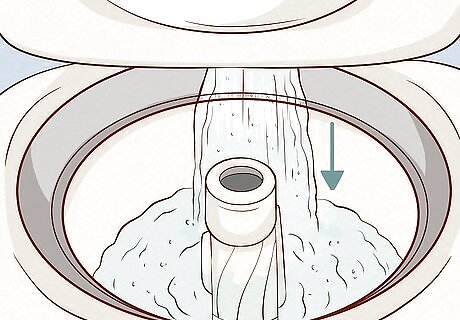
Fill the washing machine with cold water. Never wash the jeans in hot water. Lukewarm water can also be used when washing your jeans. Hot water can cause color loss in jeans, especially darker jeans. Hot water can also shrink the fabric.
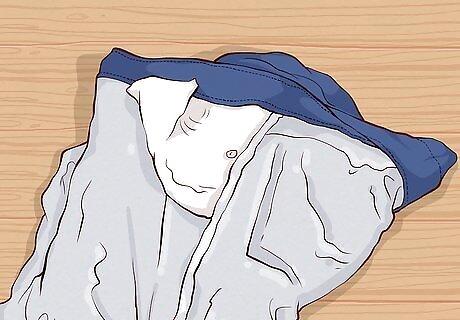
Turn your jeans inside out. Washing jeans can be abrasive to fabrics. Not only do clothes rub against one another, but the detergent, along with zippers, buttons, and snaps, can be damaging to the color and fabric. Read the label on your jeans to see if there are any specific jean washing tips that you need to follow. Some jeans should be washed alone on the first wash, or washed very rarely. Make sure to follow the recommended care instructions.

Put your jeans in the washing machine with only other jeans or clothing of similar colors. One of the major factors to consider while washing jeans is the bleeding of the indigo. Washing too often can make your jeans lose their color or pre-fade. If you wash your jeans with other, lighter colored jeans or clothing, you could dye everything in your wash. To be on the safe side, wash all your jeans separately.
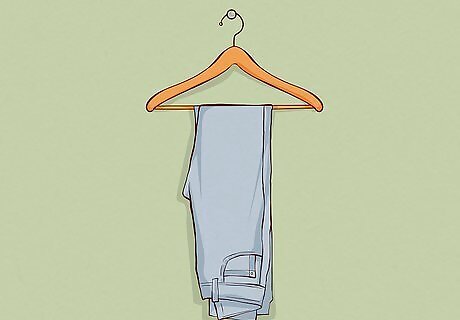
Line dry the jeans. Do not tumble your jeans in a dryer. Avoid over-drying your jeans to prevent shrinkage and the loss of color to the fabric. If you want to dry your jeans in a dryer for time, tumble them on a delicate cycle with low heat. Take them out while still slightly damp and let them finish drying on a rack or a line. Before you place the jeans on the line, stretch the seams to help avoid shrinkage. Fold your jeans once at the knee level and hang them on a clothes hanger or rack to dry. Over-folding while the jeans are drying can cause wrinkles and creases.
Caring For Your Jeans Without a Machine
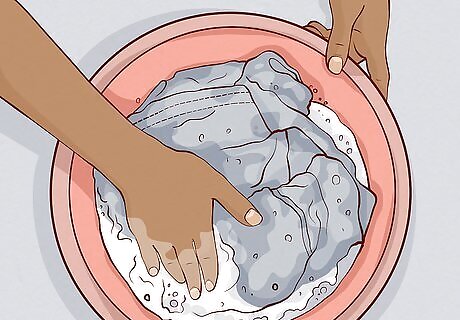
Wash your jeans in the sink or a tub. Washing denim by hand can preserve the colors and diminish the wear obtained from the abrasive action of machine washing. Fill a tub with a few inches of cold or lukewarm water. Mix in a gentle, color preserving detergent. Turn the jeans inside out, then lay flat in the tub. Don't bunch them or wrinkle them. Let them soak for about 45 minutes. Run them under the water to rinse. Hang up to dry.
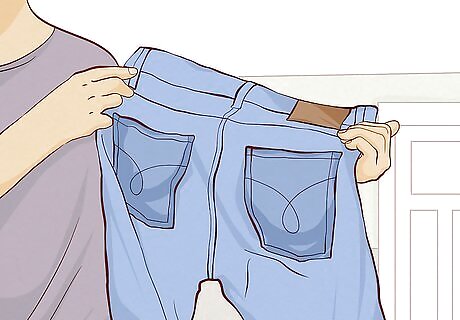
Only wash your jeans when necessary. Many people, including the CEO of Levi Strauss and designer Tommy Hilfiger, recommend only washing your jeans a few times a year. Washing can cause unnecessary wear on denim. Casual wear of denim shouldn't get the jeans dirty enough to wash with every wear. Many expensive, designer jeans are raw denim, meaning they haven't been pre-washed or faded and the indigo dye has not been set. The every day wear helps raw denim conform to your body, and achieves an individualized fade on the jeans. Jeans that have been pre-washed or faded by the manufacturer can be washed by just about any means. Wash denim every 2 to 6 months, depending on your level of wear, the type of jeans you own, and personal preferences. The wash schedule of denim depends on their use. Jeans used to work outside will be cared for differently than designer jeans worn for a night out.
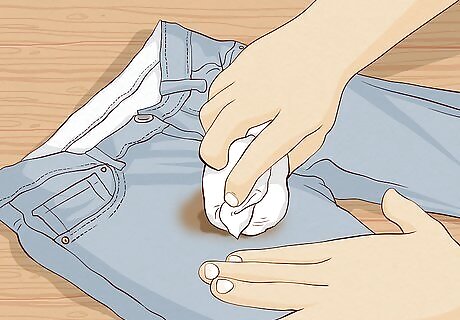
Spot clean stains. Use water and a rag to remove any spillage on your jeans instead of tossing them into the washing machine. Be careful using any kind of soap to spot clean. If your indigo dye is not set, it can cause fading in the spot where you are cleaning, which messes up the look of your jeans.
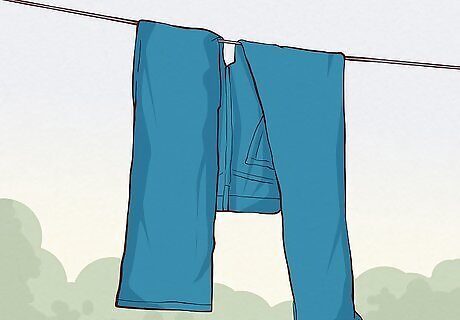
Air them out if they smell. If you're trying not to wash your jeans often, but they start to smell, try putting them on a line or clothing rack outside for at least 24 hours. You can also use a deodorizing fabric spray on your jeans to remove any smells.

Freeze your jeans. One trick to prolonging the life of your jeans between washes is to freeze them when they start to smell. One major reason denim starts to smell is because of bacteria that are transferred from our bodies to the material during wear. These bacteria cause odor. Freezing your jeans can kill a large percentage of these bacteria, helping to reduce the odors. You can put the jeans in the freezer unprotected. However, this might allow things from your freezer to transfer to the jeans. Try a canvas clothing bag, or any bag that breathes (unlike plastic bags). Allow the jeans to warm up before you put them on.

Know when it's time to wash your jeans. Wearing them once or twice doesn't mean it's time to toss them in with the rest of your clothes. Jeans have a very different lifespan. Wait until the denim starts to sag in the seat, the knees are stretched or the fabric is creased behind the knees, and the waist is extremely loose. These details mean it might be time to wash your jeans.













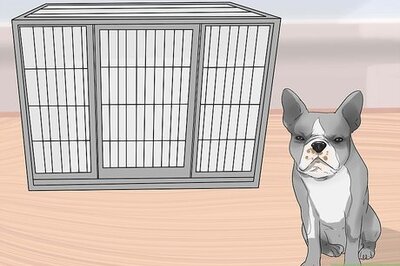



Comments
0 comment